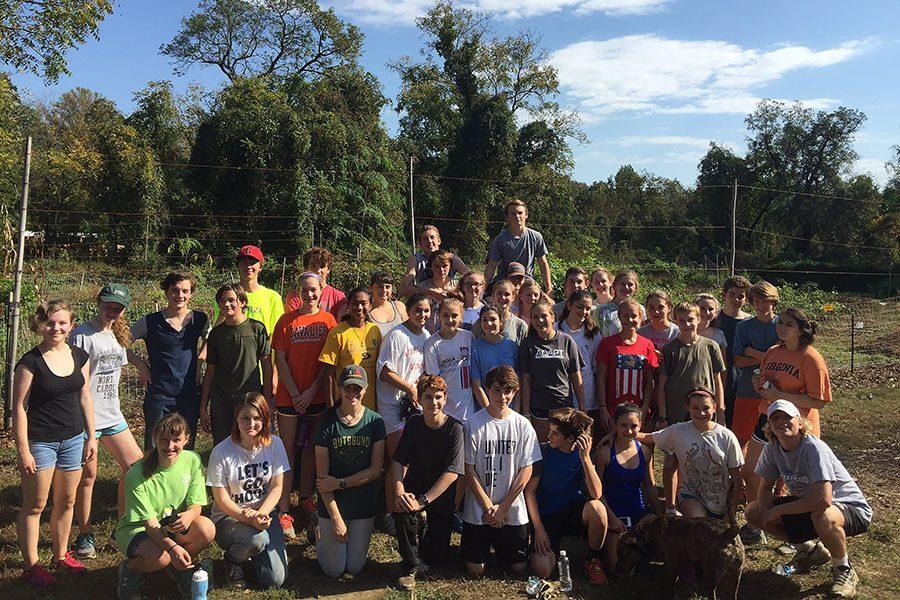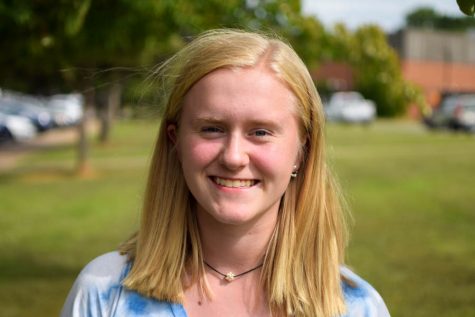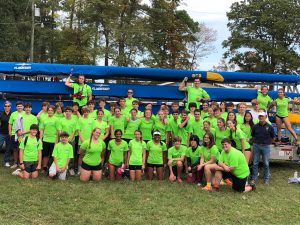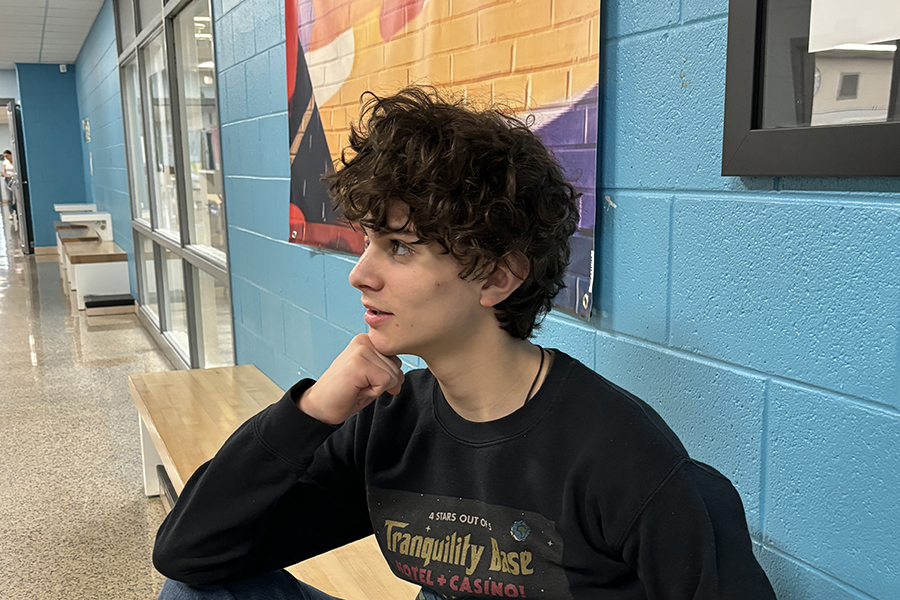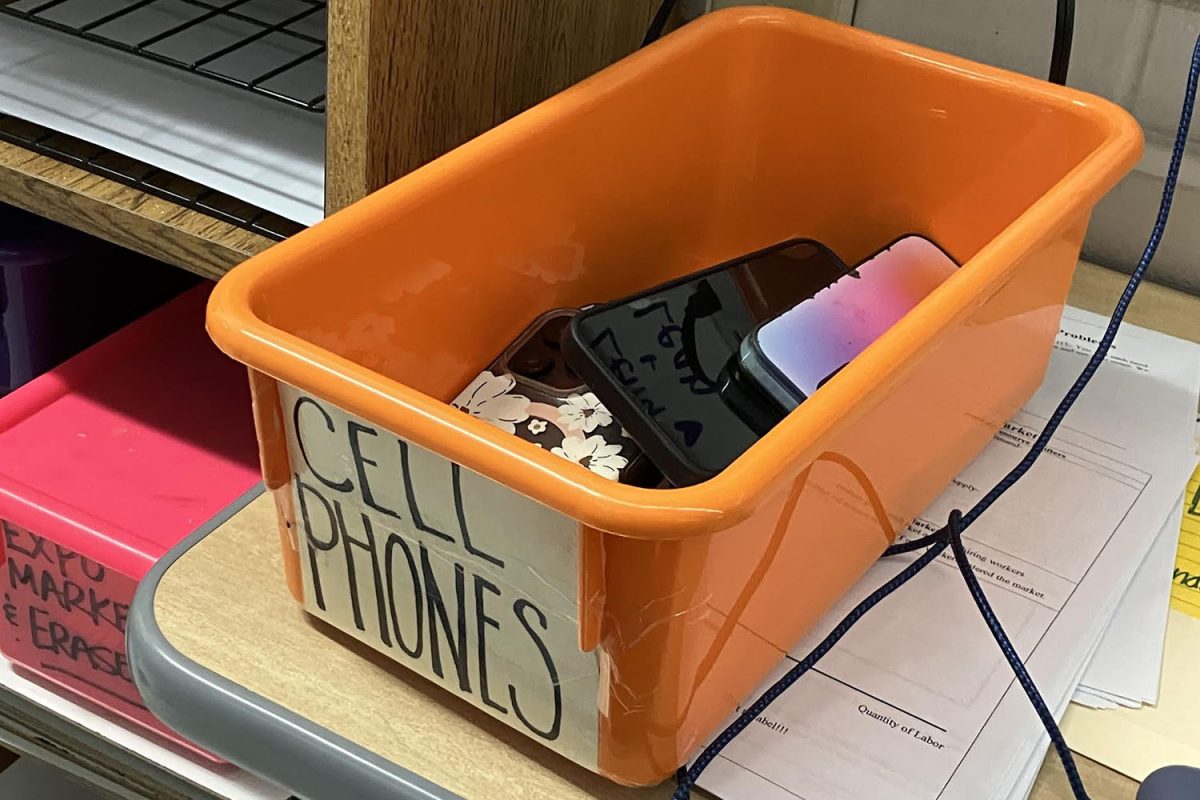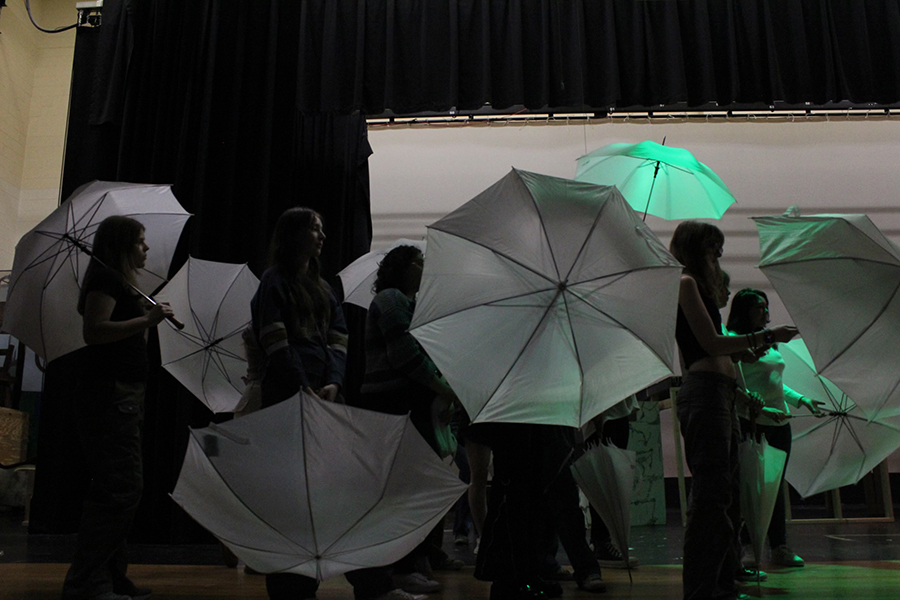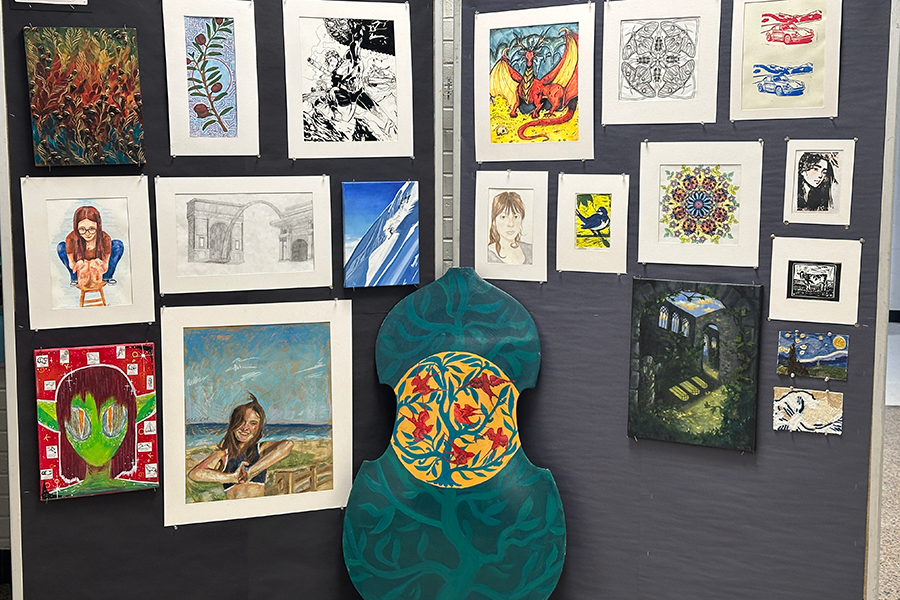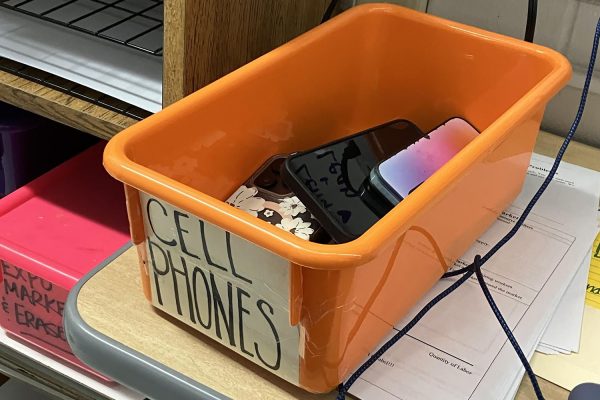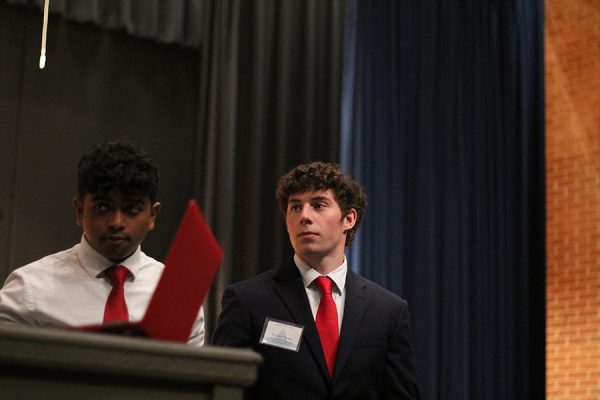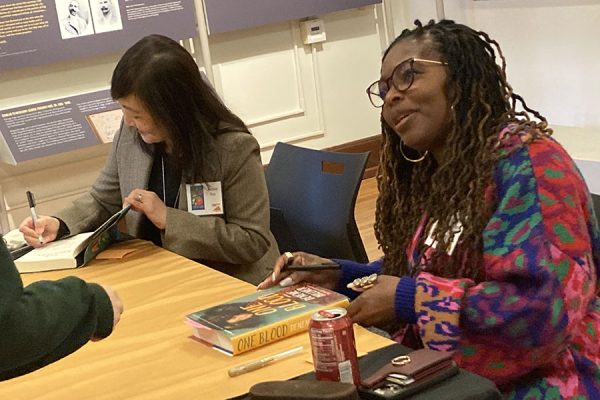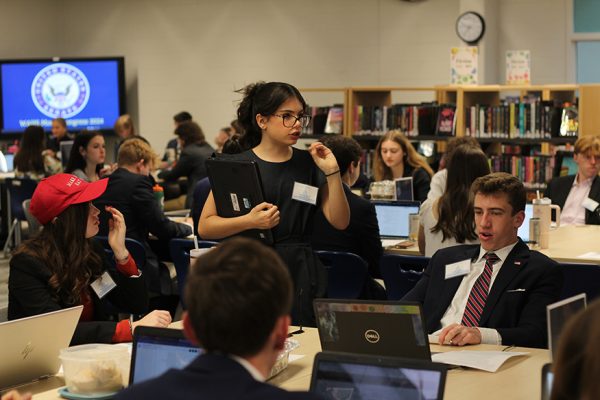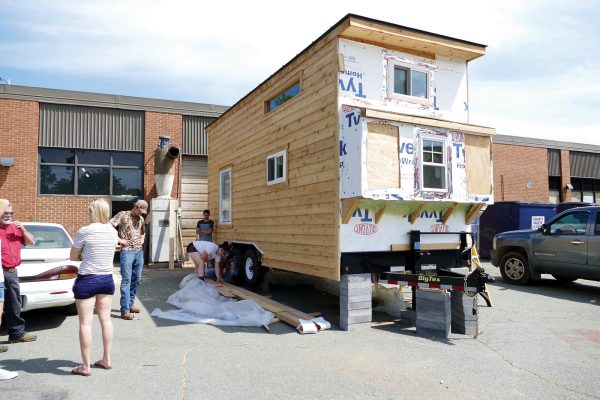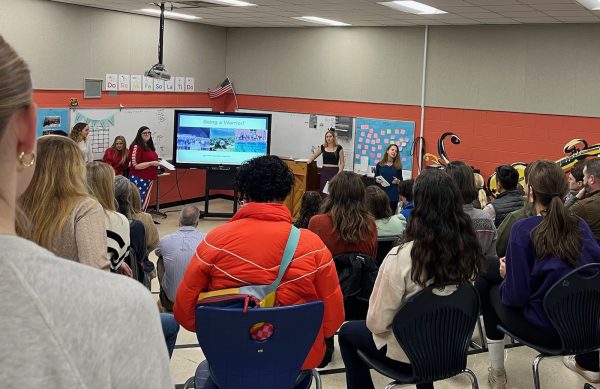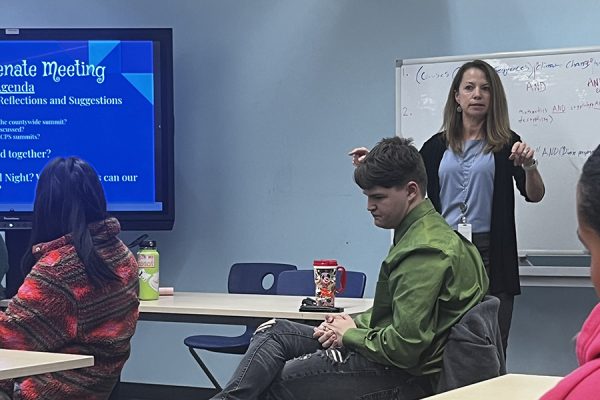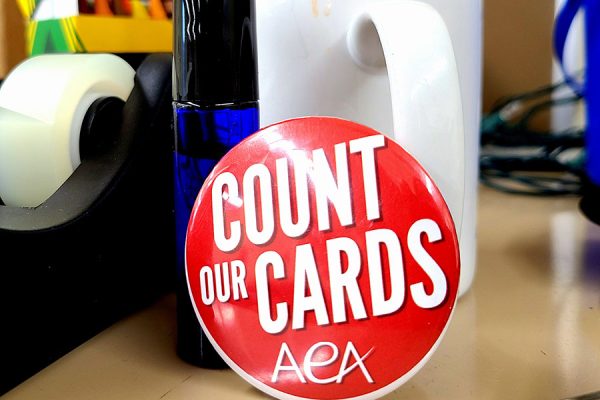ESA Students Help at Local IRC Garden
January 3, 2017
With land waiting to be cared for at the International Rescue Committee’s Community Garden in Charlottesville, leave it to the ESA freshmen class to lend a hand and truly connect to their studies. The International Rescue Center, or IRC, has a program called “New Roots” which provides information on how to grow crops in Virginia’s climate. Additionally, it allows for immigrants to have land to farm their own crops to eventually keep or sell the produce.
History teacher Elizabeth Mulcahy said, “They grow a lot of the same herbs, seasoning, and spices that they might use in their own cooking, that is very distinct to their own cultures. Most of the gardens are typical for around-here vegetables that can grow in this soil at this time. So there are a lot of beans, corn, and cucumbers, and those type of vegetables being grown.”
However, many of the crops have finished producing with the harvest season ending. This provides a unique opportunity for the ESA students to go into the community and help improve the land by weeding and other maintenance activities.
During the annual Community Service Day, the freshmen ESA class continued a two year tradition of helping with the garden that many refugees in the Charlottesville area use. At the garden, the students split into different tasks. These tasks included weeding and then mulching around the land to prevent weeds, building up rows with compost in preparation for cover crop planting, seeding the cover crop, and creating flowerbeds to attract bees.
Sydney Sherman explained, “Yeah I did think it was fun. We just did gardening and other stuff to help them. Like, we cleaned out the fences, because they have an electric fence to keep animals out.”
The work done in the garden not only connects to the science that the students have studied, but also to the topic of immigration in their geography class. “We got to meet one of the immigrant families when we were there, and that was really neat because they were coming in to just work in their beds,” Mrs. Mulcahy said.
“The most beneficial aspects of working with the IRC (specifically their New Roots Program), are having the students involved in valuable local community service with an obvious direct impact, having students become more globally culturally aware, and having students gain some basic raised bed garden skills as freshmen that they then apply in our Horticulture 1 courses,” ESA director Adam Mulcahy added.
ESA plans to continue their work with the IRC by returning next fall for Community Service Day, and possibly working in the spring with ESA Horticulture classes. Either way, the ESA will continue to make a positive difference in the community, in addition to expanding their knowledge of working the land and observing the lives of the immigrants in Charlottesville.



